
Moema: The Cosmopolitan Heart of São Paulo
Discover Moema in São Paulo: A vibrant and cosmopolitan neighborhood offering world-class dining, shopping, nightlife, and cultural experiences in a lush, green setting.
Nestled in the bustling city of São Paulo, Moema stands out as a vibrant and cosmopolitan neighborhood that effortlessly blends modernity with a touch of tradition. Known for its tree-lined streets and upscale ambiance, Moema is a haven for those seeking both leisure and excitement. The neighborhood's prime location offers easy access to some of São Paulo’s main attractions, making it an ideal base for tourists. Moema is renowned for its diverse culinary scene, featuring an array of dining options that range from traditional Brazilian fare to international cuisines. Visitors can enjoy a leisurely brunch at one of the many stylish cafés or indulge in a gourmet dinner at a high-end restaurant. The area is also dotted with trendy bars and nightclubs, ensuring that the nightlife is as lively as the daytime activities. In addition to its gastronomic delights, Moema is a shopper’s paradise. The neighborhood boasts a variety of boutiques, shopping malls, and local markets where visitors can find everything from luxury brands to unique artisanal crafts. For those who prefer outdoor activities, the nearby Ibirapuera Park offers a green oasis perfect for jogging, cycling, or simply relaxing by the lake. Cultural enthusiasts will appreciate Moema’s proximity to several museums and art galleries, providing a rich array of exhibits and events that celebrate both contemporary and traditional Brazilian art. With its friendly atmosphere and myriad of activities, Moema promises an unforgettable experience for every type of traveler.
Local tips in Moema
- Visit Ibirapuera Park early in the morning or late afternoon to avoid the midday heat.
- Try local Brazilian dishes at traditional restaurants for an authentic culinary experience.
- Use public transportation or ride-sharing apps to navigate the neighborhood easily and avoid traffic.
- Explore local markets for unique souvenirs and artisanal crafts.
- Check local event listings for cultural exhibitions and live performances.
Moema: The Cosmopolitan Heart of São Paulo
Nestled in the bustling city of São Paulo, Moema stands out as a vibrant and cosmopolitan neighborhood that effortlessly blends modernity with a touch of tradition. Known for its tree-lined streets and upscale ambiance, Moema is a haven for those seeking both leisure and excitement. The neighborhood's prime location offers easy access to some of São Paulo’s main attractions, making it an ideal base for tourists. Moema is renowned for its diverse culinary scene, featuring an array of dining options that range from traditional Brazilian fare to international cuisines. Visitors can enjoy a leisurely brunch at one of the many stylish cafés or indulge in a gourmet dinner at a high-end restaurant. The area is also dotted with trendy bars and nightclubs, ensuring that the nightlife is as lively as the daytime activities. In addition to its gastronomic delights, Moema is a shopper’s paradise. The neighborhood boasts a variety of boutiques, shopping malls, and local markets where visitors can find everything from luxury brands to unique artisanal crafts. For those who prefer outdoor activities, the nearby Ibirapuera Park offers a green oasis perfect for jogging, cycling, or simply relaxing by the lake. Cultural enthusiasts will appreciate Moema’s proximity to several museums and art galleries, providing a rich array of exhibits and events that celebrate both contemporary and traditional Brazilian art. With its friendly atmosphere and myriad of activities, Moema promises an unforgettable experience for every type of traveler.
Iconic landmarks you can’t miss
Ibirapuera Park
Discover the enchanting Ibirapuera Park, a vibrant urban oasis in São Paulo, where culture, nature, and recreation blend seamlessly.
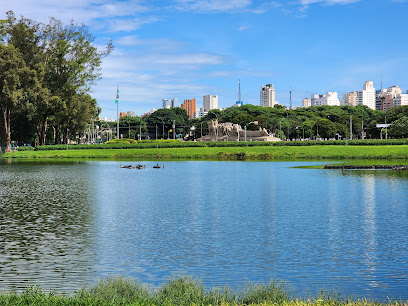
Beco do Batman
Explore the vibrant street art at Beco do Batman, an iconic open-air gallery in São Paulo's artistic Vila Madalena neighborhood, perfect for art lovers.
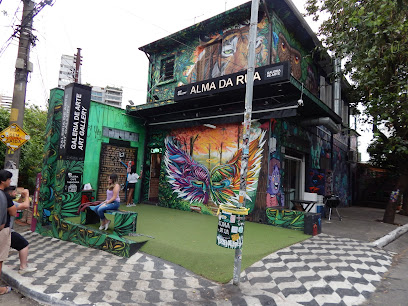
Altino Arantes Building
Discover the Altino Arantes Building in São Paulo: An iconic Art Deco landmark with breathtaking views and rich historical significance.
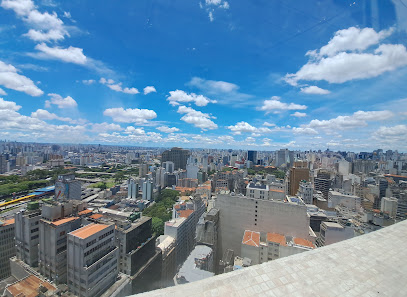
Museu Afro Brasil
Discover Brazil's rich Afro heritage at Museu Afro Brasil, a national museum that celebrates cultural contributions through art and history.

Monumento às Bandeiras
Explore the Monumento às Bandeiras, a stunning monument in São Paulo honoring Brazil's indigenous heritage amidst scenic surroundings.
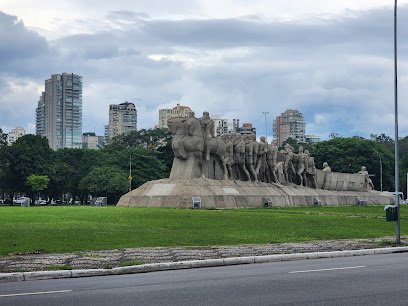
Bourbon Street Music Club
Bourbon Street Music Club in São Paulo: A vibrant live music venue offering an unforgettable experience with delicious food and an energetic atmosphere.
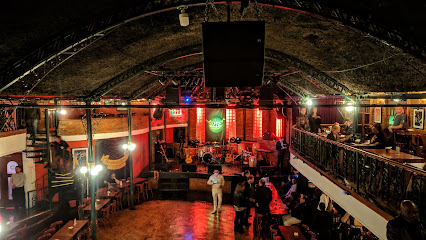
Jules l'art du pain
Discover the delightful world of Jules l'art du pain in Moema, São Paulo, where every baked good is a work of art and flavor.

Moema
Discover the vibrant neighborhood of Moema in São Paulo—your gateway to cultural delights, culinary adventures, and urban charm.
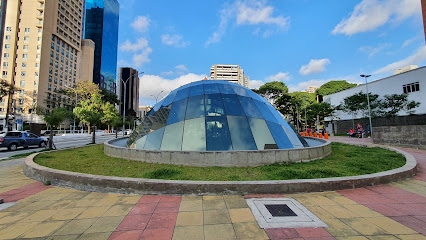
Praça Ayrton Senna do Brasil
Experience the legacy of Ayrton Senna at Praça Ayrton Senna do Brasil, a serene monument in São Paulo surrounded by nature and culture.
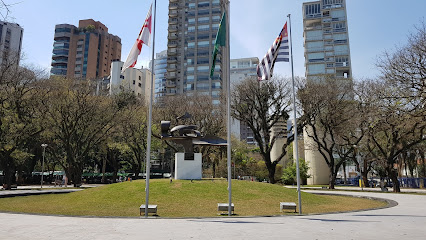
Obelisco e Monumento Mausoléu ao Soldado Constitucionalista de 32
Explore the Obelisco e Monumento Mausoléu ao Soldado Constitucionalista de 32, a majestic tribute to Brazil's history and a symbol of resilience in São Paulo.
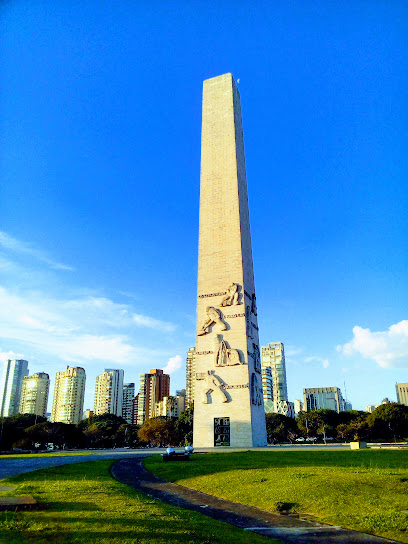
Praça Reino de Marrocos
Explore the vibrant Praça Reino de Marrocos in São Paulo, a cultural town square perfect for relaxation, local art, and community spirit.
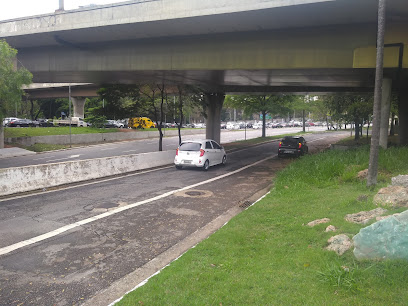
Unmissable attractions to see
Ibirapuera Park
Explore Ibirapuera Park, a lush urban paradise in São Paulo, combining nature, culture, and recreation for an unforgettable experience.
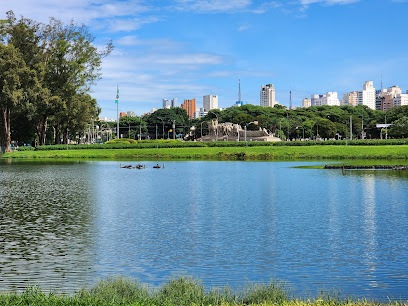
Mercado Municipal de São Paulo
Discover the vibrant Mercado Municipal de São Paulo, a haven for food lovers with fresh produce, gourmet treats, and a taste of local culture.
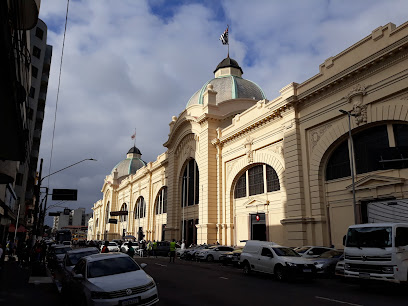
Museum of Art of São Paulo Assis Chateaubriand
Explore the Museum of Art of São Paulo Assis Chateaubriand, a cultural treasure showcasing an extensive collection of art from Europe and Brazil.
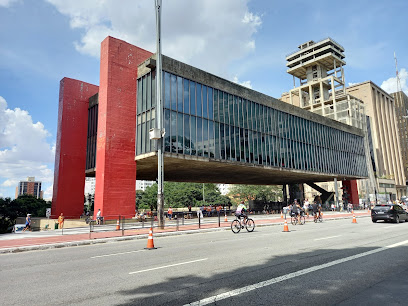
Parque Villa-Lobos
Explore the lush landscapes and cultural richness of Parque Villa-Lobos, a serene escape in the heart of São Paulo, perfect for relaxation and recreation.
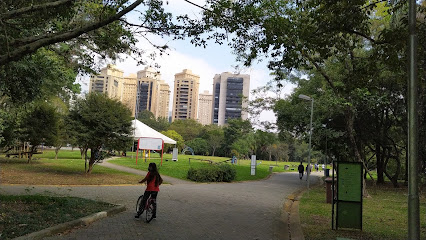
Museu Catavento
Explore Museu Catavento in São Paulo, where science comes alive through interactive exhibits and educational fun for all ages!
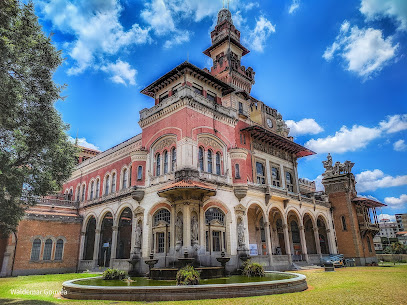
Beco do Batman
Explore Beco do Batman, São Paulo's vibrant street art hub showcasing stunning murals and local culture in an open-air museum setting.
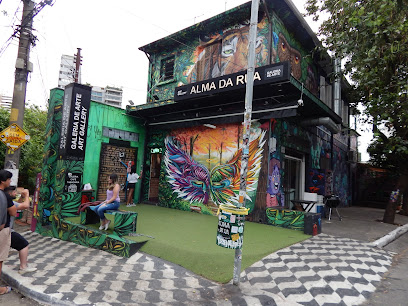
Parque da Monica
Experience the magic of childhood at Parque da Monica, São Paulo's premier amusement park for families and young adventurers.
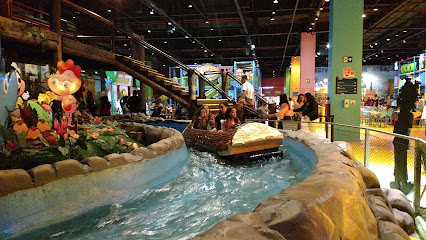
Oca
Explore the captivating Oca in São Paulo, an artistic gem blending culture, history, and nature within a stunning architectural masterpiece.
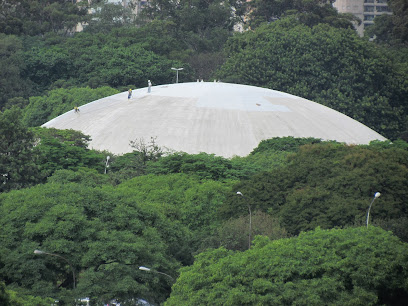
Essential places to dine
La Nonna di Lucca
Experience authentic Italian flavors at La Nonna di Lucca in Moema - where tradition meets culinary excellence.
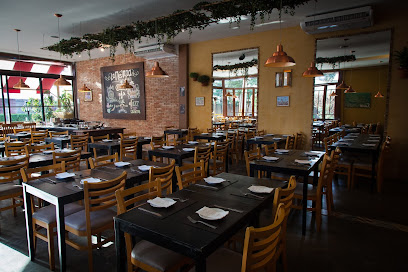
Don Pepe Di Napoli
Discover the authentic taste of Italy at Don Pepe Di Napoli in São Paulo - where every dish tells a story.
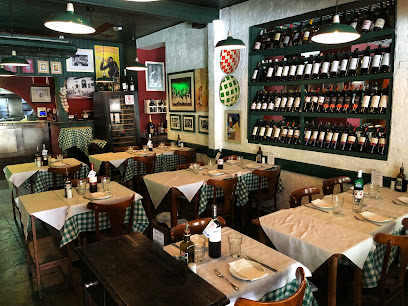
La Ventana Parrilla
Experience authentic Argentinian flavors at La Ventana Parrilla - São Paulo's premier steakhouse offering exquisite dishes in a warm atmosphere.
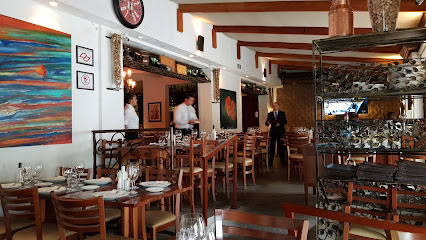
Al Mare
Experience exquisite seafood dishes at Al Mare in São Paulo's Moema neighborhood, where culinary artistry meets fresh ingredients.
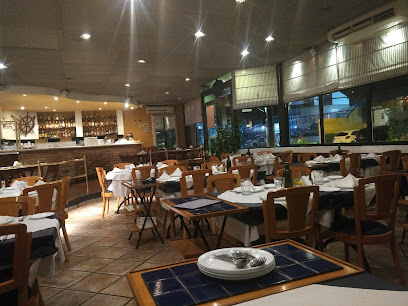
La Vecchia Bottiglia
Experience authentic Italian cuisine at La Vecchia Bottiglia in Moema, São Paulo – where tradition meets taste in every bite.
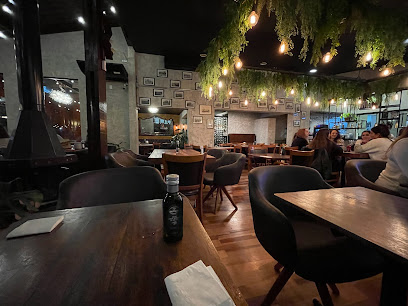
Empório Bar e Restaurante
Discover the vibrant flavors at Empório Bar e Restaurante in Moema - where exquisite barbecue meets lively ambiance.
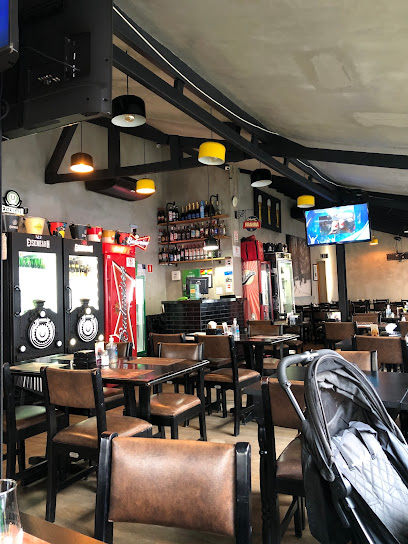
A Panqueca
Experience the flavors of Brazil and Italy at A Panqueca in Moema - where every meal is a celebration!
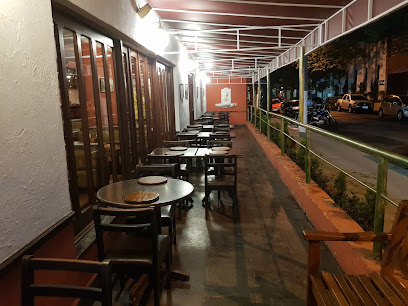
Os Gauleses
Experience the rich flavors of Brazil at Os Gauleses in São Paulo - where culinary tradition meets modern buffet dining.
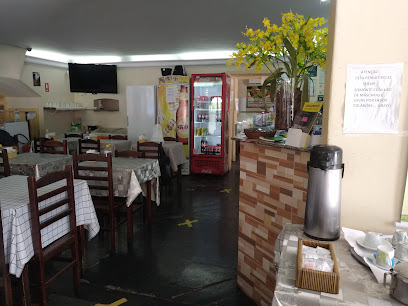
Restaurante Quintal Verde - São Paulo
Discover authentic Brazilian cuisine at Restaurante Quintal Verde in Moema, São Paulo – where every dish tells a story.
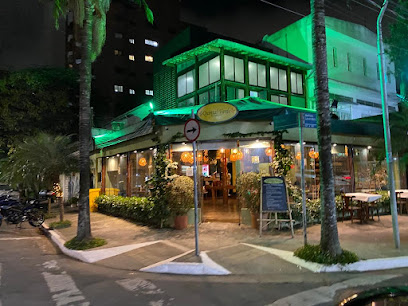
Osteria Zucco: Massas Frescas, Risotos, Carnes, Peixes, Sobremesas Moema SP
Experience authentic Italian flavors at Osteria Zucco in Moema—where fresh ingredients meet traditional recipes for an unforgettable dining adventure.
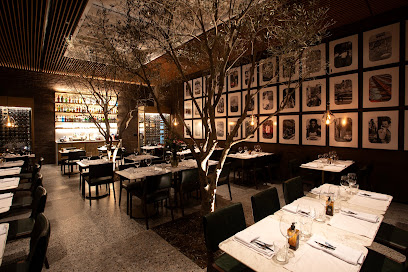
Markets, malls and hidden boutiques
Farm
Discover the essence of Brazilian fashion at Farm, a women's clothing store in Moema, São Paulo, showcasing vibrant styles and sustainable designs.
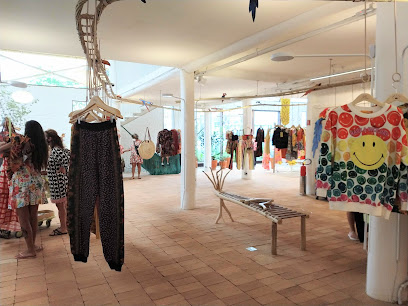
Maison Spa
Explore the stylish women's clothing boutique, Maison Spa, in São Paulo, offering unique fashion pieces in a charming neighborhood.

Chill N Shop - Loja Colaborativa
Discover unique fashion, art, and handcrafted goods at Chill N Shop in Moema, São Paulo—a collaborative hub for local creativity and culture.
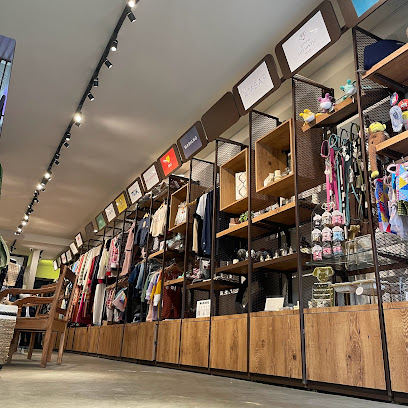
SOUQ Moema
Explore SOUQ Moema for an exquisite selection of women's clothing that elevates your style in São Paulo's vibrant fashion scene.
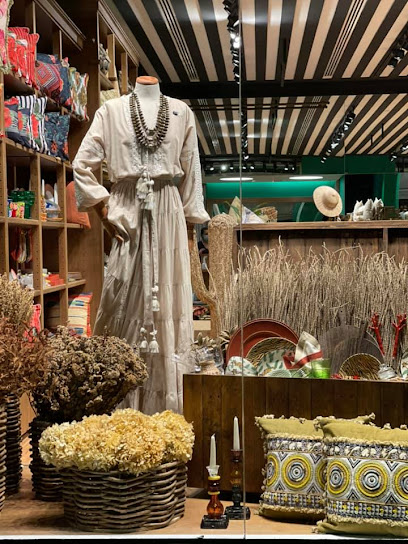
Mahila Boutique
Explore Mahila Boutique in São Paulo for exquisite home goods, vibrant clothing, and stunning carpets that reflect Brazilian artistry and culture.
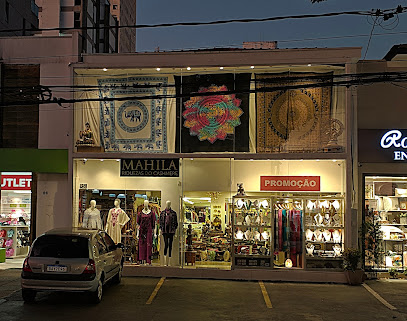
Rosa Louca
Discover exclusive designer women's clothing at Rosa Louca, a stylish boutique in the heart of São Paulo's Moema district, perfect for fashion enthusiasts.
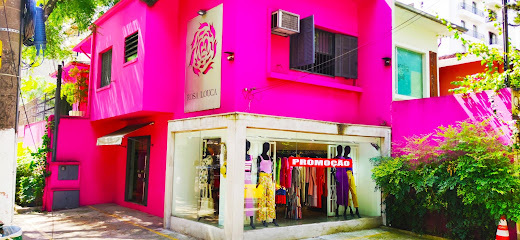
LACREAM
Discover LACREAM in São Paulo for the latest in stylish clothing, blending contemporary trends with a welcoming shopping experience.
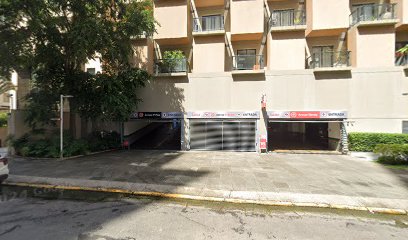
Alcaçuz Off Price Moema
Shop stylish and affordable fashion at Alcaçuz Off Price Moema, a must-visit clothing store in São Paulo's vibrant Moema district.
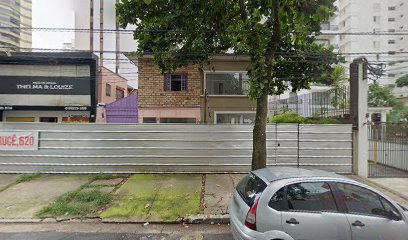
dresscode.com
Discover DressCode in Moema, São Paulo – where elegance meets contemporary fashion for women seeking unique styles.

Arbache Marketplace
Explore Arbache Marketplace in Vila Uberabinha for an authentic shopping experience filled with local crafts, culture, and Brazilian charm.
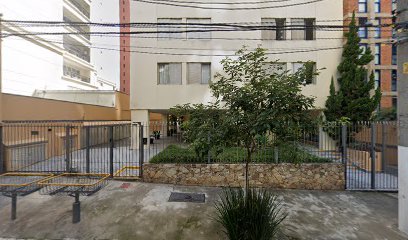
Essential bars & hidden hideouts
Bourbon Street Music Club
Bourbon Street Music Club: A lively venue in São Paulo, offering unforgettable live music, delicious dining, and vibrant nightlife.
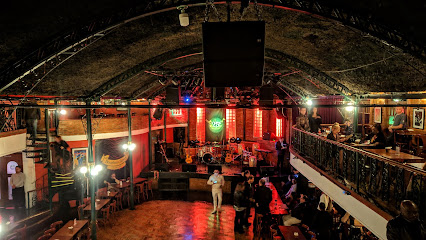
Bar Original
Experience the vibrant flavors and lively atmosphere at Bar Original, a culinary treasure in the heart of Moema, São Paulo.
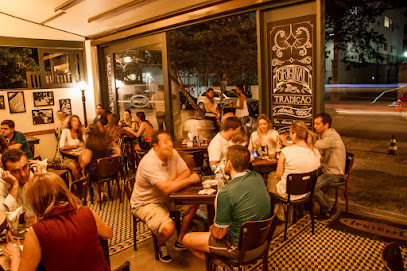
Steel Bar
Discover the lively ambiance, creative cocktails, and delicious food at Steel Bar, a must-visit bar and restaurant in São Paulo's Moema neighborhood.
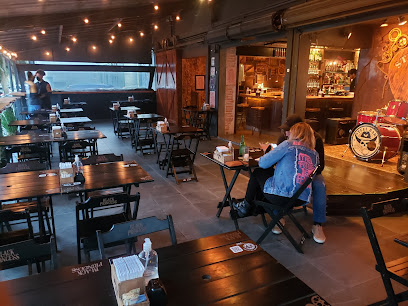
Tonton Jazz & Music Bar - Pub em Moema
Experience the vibrant culture of São Paulo at Tonton Jazz & Music Bar, where live music meets expertly crafted cocktails for an unforgettable night out.
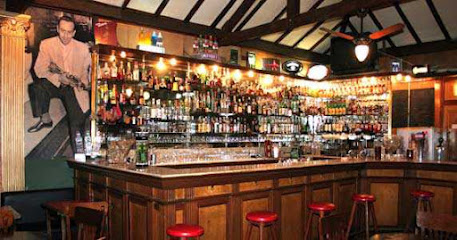
Câmara Fria
Experience the vibrant nightlife of São Paulo at Câmara Fria, a premier cocktail bar known for its creative drinks and lively atmosphere.
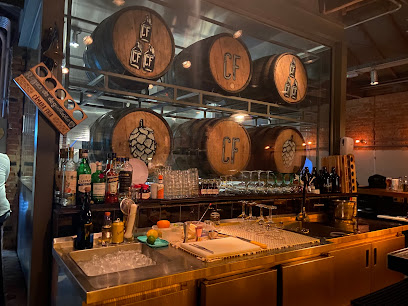
Bar do Nerso - Restaurante Parrilla Moema
Experience authentic Argentinian barbecue and a lively atmosphere at Bar do Nerso, a must-visit restaurant in Moema, São Paulo.
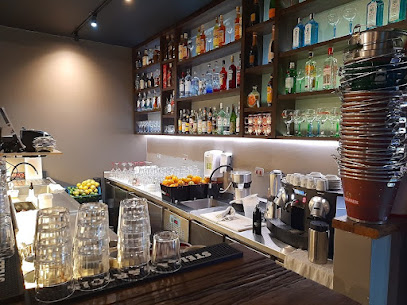
Flames Tap House
Experience the vibrant flavors of Brazil at Flames Tap House, a top bar in Moema, São Paulo, known for its delicious food and diverse beverage selection.
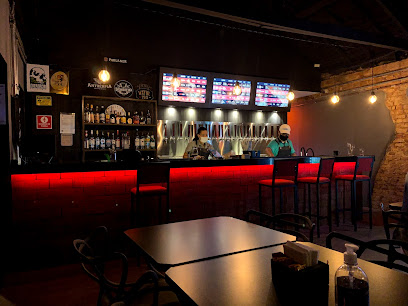
Camel Bar
Discover the lively spirit of São Paulo at Camel Bar, where great drinks and a friendly atmosphere create unforgettable memories.
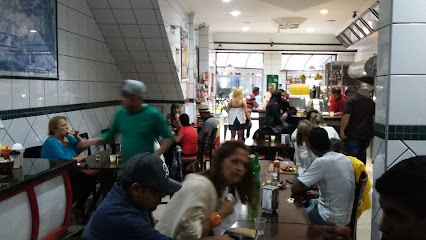
.
Discover the vibrant atmosphere and authentic flavors at Girassol Bar in Vila Uberabinha, São Paulo, a must-visit for every tourist.
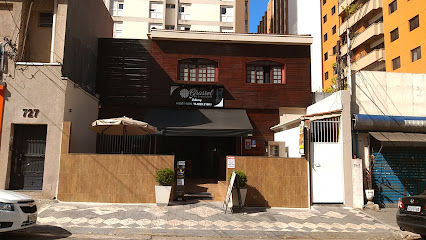
PUB
Discover the lively spirit of Moema with a visit to this vibrant bar, offering a unique blend of drinks and local ambiance in the heart of São Paulo.
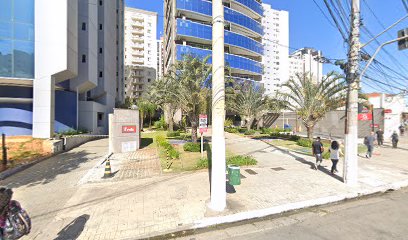
Local Phrases
-
- HelloOlá
[oh-lah] - GoodbyeTchau
[chow] - YesSim
[seem] - NoNão
[now] - Please/You're welcomePor favor/De nada
[pohr fah-vohr/dee nah-dah] - Thank youObrigado(a)
[oh-bree-gah-doo(ah)] - Excuse me/SorryCom licença/Desculpe
[kohm lee-sen-sah/dehs-kool-peh] - How are you?Como você está?
[koh-moh voh-seh ehs-tah] - Fine. And you?Bem. E você?
[behn/eh voh-seh] - Do you speak English?Você fala inglês?
[voh-seh fah-lah een-glehsh] - I don't understandEu não entendo
[eh-oo now en-ten-doo]
- HelloOlá
-
- I'd like to see the menu, pleaseGostaria de ver o cardápio, por favor
[goh-stah-ree-ah jee vehr oo kahr-dah-pyoo/pohr fah-vohr] - I don't eat meatNão como carne
[now koh-moh kahr-neh] - Cheers!Saúde!
[sow-deh] - I would like to pay, pleaseEu gostaria de pagar, por favor
[eh-oo goh-stah-ree-ah jee pah-gahr/pohr fah-vohr]
- I'd like to see the menu, pleaseGostaria de ver o cardápio, por favor
-
- Help!Socorro!
[soh-koh-roh] - Go away!Vá embora!
[vah ehm-boh-rah] - Call the Police!Chame a polícia!
[sha-meh ah poh-lee-see-ah] - Call a doctor!Chame um médico!
[sha-meh oom meh-dee-koo] - I'm lostEstou perdido(a)
[ehs-toh pehr-dee-doo(ah)] - I'm illEstou doente
[ehs-toh doo-ehn-chee]
- Help!Socorro!
-
- I'd like to buy...Eu gostaria de comprar...
[eh-oo goh-stah-ree-ah jee kohm-prahr] - I'm just lookingEstou só olhando
[ehs-toh soh oh-lahn-doo] - How much is it?Quanto custa?
[kwahn-too koos-tah] - That's too expensiveIsso é muito caro
[ee-soh eh moo-ee-toh kah-roh] - Can you lower the price?Você pode baixar o preço?
[voh-seh po-deh bah-ee-shahr oo preh-soh]
- I'd like to buy...Eu gostaria de comprar...
-
- What time is it?Que horas são?
[keh oh-rahss sah-oh?] - It's one o'clockÉ uma hora
[eh oo-mah oh-rah] - Half past (10)Dez e meia
[dehz ee meh-ah] - MorningManhã
[mahn-yah] - AfternoonTarde
[tahr-deh] - EveningNoite
[noy-tchee] - YesterdayOntem
[ohn-tehm] - TodayHoje
[oh-zhee] - TomorrowAmanhã
[ah-mahn-yah] - 1Um
[oom] - 2Dois
[doh-ees] - 3Três
[trehs] - 4Quatro
[kwah-troh] - 5Cinco
[seeng-koh] - 6Seis
[say-ees] - 7Sete
[seh-chee] - 8Oito
[oy-toh] - 9Nove
[noh-veh] - 10Dez
[dehz]
- What time is it?Que horas são?
-
- Where's a/the...?Onde fica...?
[ohn-dee fee-kah] - What's the address?Qual é o endereço?
[kwahl eh oo ehn-deh-reh-soh] - Can you show me (on the map)?Você pode me mostrar (no mapa)?
[voh-seh po-deh meh moh-strahr (noo mah-pah)] - When's the next (bus)?Quando é o próximo (ônibus)?
[kwahn-doo eh oo proh-ksee-moh (oh-nee-boos)] - A ticket (to ....)Um bilhete (para ....)
[oom beel-yeh-teh (pah-rah)]
- Where's a/the...?Onde fica...?
History of Moema
-
Moema's history can be traced back to the mid-20th century when it began to develop from agricultural land into a residential area. The neighborhood was officially recognized in 1940, with its development closely tied to the expansion of São Paulo as a major urban center. Initially, Moema was characterized by its vast green spaces and lower population density, appealing to families seeking a quieter lifestyle near the bustling city.
-
The rapid urbanization of São Paulo in the 1960s and 1970s brought significant changes to Moema. The construction of high-rise buildings and commercial spaces transformed the landscape, making Moema a desirable location for both residential living and business activities. This period marked the transition of Moema into a vibrant neighborhood, reflecting the broader trends of urbanization in São Paulo.
-
Moema is known for its cultural diversity, which has been shaped by waves of immigration to São Paulo. The neighborhood has become a microcosm of Brazilian culture, blending influences from various ethnic groups. This diversity is evident in the cuisine, festivals, and community events that characterize Moema, showcasing the rich tapestry of Brazilian life.
-
One of Moema's defining features is its commitment to preserving green spaces, which has become increasingly important in the context of São Paulo's dense urban environment. Parks like Parque do Ibirapuera, located nearby, offer residents recreational opportunities and a respite from the urban hustle. The neighborhood's emphasis on quality of life has attracted families and professionals alike.
-
In recent years, Moema has continued to evolve, becoming a hub for commerce and innovation within São Paulo. The area has seen the emergence of upscale shopping centers, fine dining establishments, and cultural venues, further enhancing its status as a desirable place to live and work. Moema now blends residential comfort with modern urban conveniences, reflecting the dynamic nature of São Paulo as a whole.
Moema Essentials
-
Moema is well-connected to other neighborhoods in São Paulo. From São Paulo/Guarulhos International Airport, you can take a taxi or an Uber, which takes approximately 40 minutes depending on traffic. If you're coming from downtown São Paulo, the Metro is a convenient option. Take Line 1 (Blue) to the Paraíso station, then transfer to Line 2 (Green) towards Vila Madalena and get off at Moema station.
-
Moema is pedestrian-friendly, with many attractions within walking distance. The neighborhood is served by several bus lines, and the Moema Metro station provides easy access to other parts of the city. Bicycles can be rented from local bike-sharing programs, and there are dedicated bike lanes in some areas. Taxis and ride-sharing services like Uber are widely available for more distant destinations.
-
Moema is generally considered a safe neighborhood for tourists, but it's wise to take standard safety precautions. Avoid walking alone late at night in less populated areas, particularly near the borders of the neighborhood. Petty crime, such as pickpocketing, can occur in crowded places, so stay vigilant and keep your belongings secure. Areas to be cautious around include the outskirts of Ibirapuera Park after dark.
-
In case of an emergency, dial 190 for police assistance or 192 for medical emergencies. The local hospitals and clinics are equipped to handle urgent situations. It’s advisable to have travel insurance that covers medical emergencies. For minor health issues, pharmacies are available throughout Moema, and many have English-speaking staff.
-
Fashion: Do wear comfortable clothing suitable for a tropical climate, and consider modest attire when visiting religious sites. Don't wear overly flashy jewelry. Religion: Do respect local customs, especially in places of worship. Don't engage in loud conversations in quiet places. Public Transport: Do be polite and offer your seat to the elderly. Don't eat or drink on buses or the metro. Greetings: Do greet people with a friendly 'Olá' and a smile. Don't assume familiarity; a handshake is appropriate for first meetings. Eating & Drinking: Do try local dishes in restaurants and street vendors. Don't drink tap water; opt for bottled water instead.
-
To experience Moema like a local, visit the Feira de Moema on Saturdays for fresh produce and artisanal goods. Explore the numerous parks, especially Ibirapuera Park, for outdoor activities. Join local events or cultural festivals to immerse yourself in the community. Try dining at local churrascarias for an authentic Brazilian barbecue experience and enjoy açaí bowls at specialty shops. Engage with local residents for recommendations on hidden gems in the neighborhood.
Nearby Cities to Moema
-
Things To Do in Rio de Janeiro
-
Things To Do in Florianópolis
-
Things To Do in Foz do Iguaçu
-
Things To Do in Puerto Iguazú
-
Things To Do in Hernandarias
-
Things To Do in Brasília
-
Things To Do in Encarnacion
-
Things To Do in Villarrica
-
Things To Do in Carmen del Parana
-
Things To Do in San Bernardino
-
Things To Do in Ypacarai
-
Things To Do in Aregua
-
Things To Do in Asuncion
-
Things To Do in Tacuarembó
-
Things To Do in Salvador







